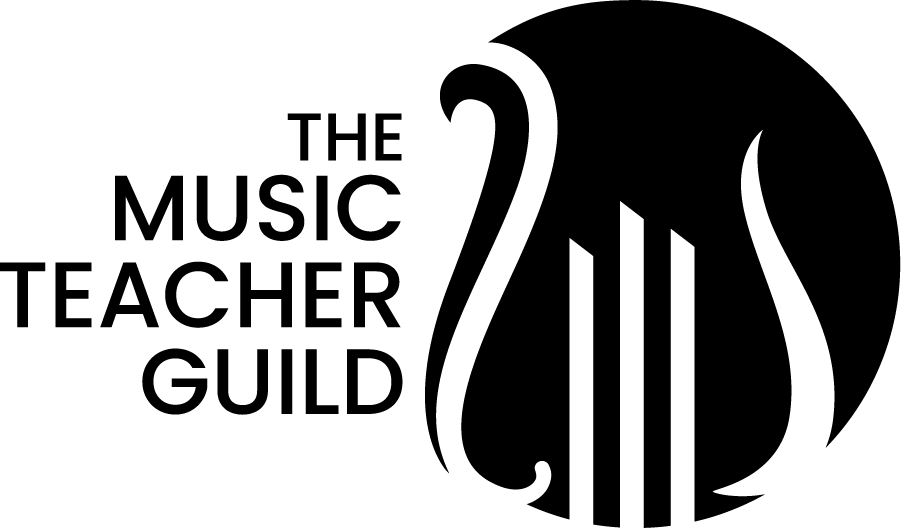Innovative Approaches to Music Education Assessment
How do you measure musical growth without killing the joy of music? It’s the age-old question for music teachers everywhere. While worksheets and playing tests have their place, today’s music education assessment tools offer dynamic, student-centered options that can elevate both teaching and learning. Whether you're a veteran educator or just looking to refine your assessment game, this article explores innovative, effective tools to help you track progress, provide meaningful feedback, and foster musical independence.
Innovative Approaches to Music Education Assessment
Assessment in music education isn’t just about grades—it’s about guiding students toward artistic growth, self-awareness, and musical confidence.
This post explores the top music education assessment tools that support effective, meaningful, and student-friendly evaluation in today's classrooms.
The Purpose of Assessment in Music Education
Assessments help us do three key things:
Inform Instruction: Knowing where students are helps tailor what comes next.
Support Growth: Assessments provide clarity for students about what they’re doing well—and where to improve.
Advocate for the Arts: Data can help secure funding and validate program impact.
Whether formative (ongoing checks for understanding) or summative (final performances, tests), great assessments support learning, not just grading.
Types of Music Education Assessment Tools
There’s a wide range of tools to choose from—each with a specific purpose:
Rubrics: Use for performances, compositions, or projects. Clear criteria helps students understand expectations.
Checklists: Perfect for skill-building units like recorder, rhythm reading, or ensemble technique.
Peer & Self-Assessments: Encourages students to reflect, listen critically, and take ownership of learning.
Digital Tools:
SmartMusic: Practice, record, and receive instant feedback.
Flip (formerly Flipgrid): Students record videos for performance reflections or critiques.
Noteflight Learn: Assess composition and theory skills in real time.
Anecdotal Notes & Observation Forms: Great for primary students or informal settings.
No matter the tool, consistency and clarity are key.
Matching Tools to Methodology
Your tool should align with what you’re assessing:
Creativity: Use open-ended rubrics or reflection prompts.
Technical Skills: Digital recording tools can track precision over time.
Participation: Use class charts or simple exit slips.
Expressive Elements: Video journals allow students to explain their interpretive choices.
For example, instead of a written theory test, assess understanding through a composition task scored with a rubric. It’s more musical and more insightful.
Using Student Feedback Effectively
Feedback is where the magic happens. Here's how to make it count:
Use Comment Banks: Especially in digital platforms—saves time, keeps feedback consistent.
Teach Students How to Use Feedback: Model how to reflect and revise.
Make Time for Reflection: Journals, audio logs, or group check-ins allow space for self-evaluation.
Even a quick “Two Stars and a Wish” (two things done well, one to improve) builds student ownership and emotional safety around assessment.
Evaluating Tool Effectiveness
Ask yourself:
Does it align with your teaching goals?
Can students understand and act on the results?
Is it equitable and inclusive for all learners?
Sometimes a simple checklist beats a complex rubric—especially for younger learners or large ensembles. The best tool is the one that gets used and understood.
Tips for Getting Started or Refreshing Your Toolkit
Start Small: Pick one unit or skill to assess differently.
Collaborate: Work with colleagues to build shared rubrics or swap tools.
Solicit Student Input: Let students help build the rubric or choose between tools—engagement will soar.
Reflect on Results: After a concert or unit, review what worked and what didn’t.
Assessment doesn’t need to be overwhelming—it just needs to be intentional.
Final Thoughts
Effective music education assessment tools help you teach better, students learn better, and programs grow stronger. Whether it’s a simple checklist or the latest tech tool, the goal is the same: to help every student become a confident, expressive, and reflective musician.

